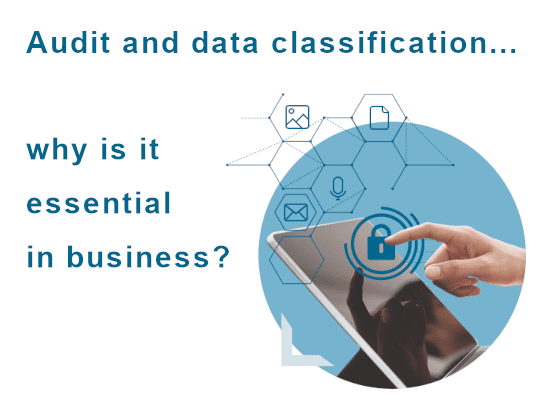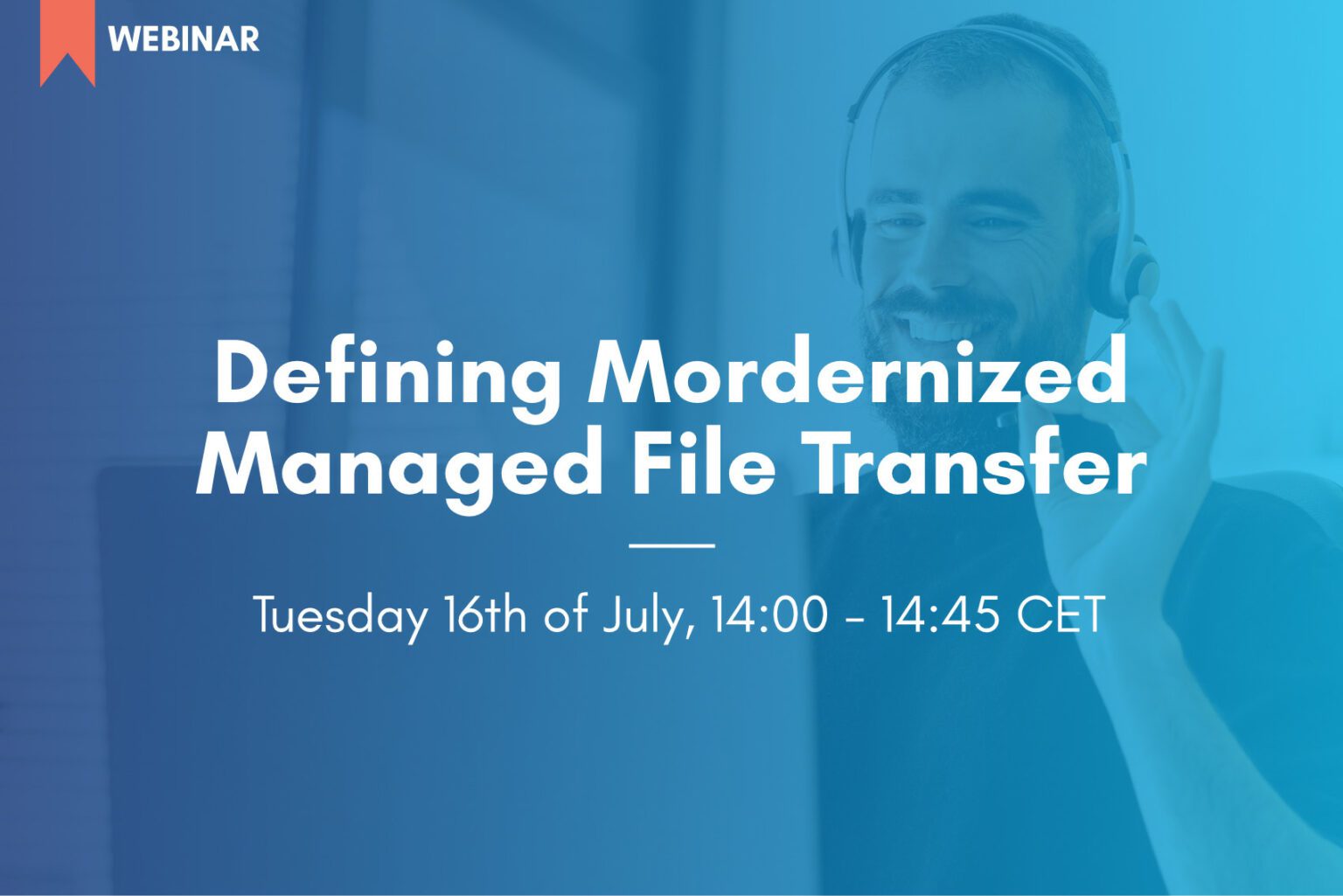Auditing and data classification: why is it essential in business?
While data protection has become a priority, auditing and classification are now essential practices for companies. Find out everything you need to know about this new approach to cybersecurity…
by Daan Jacobs
Valuable resources
Over the years, cyberattacks aimed at stealing personal data from businesses have continued to grow. Data leaks are now more numerous, frequent, and massive.
No company is spared this phenomenon, regardless of its size or industry. Yet organisations are subject to increasingly stringent obligations. This has been particularly the case in the European Union since the adoption of the GDPR.
Data leaks can have disastrous consequences. In addition to damaging a company’s reputation, such an incident can have an astronomical cost. According to a study conducted by IBM, the average cost of a data leak is more than 3 million Euro’s. Each compromise data record costs an average of 140 Euro’s…
To address this scourge, it is imperative that companies consider data as valuable resources and protect it.
With the rise of the cloud and virtual storage, the security of data stored on servers now depends on a company’s cybersecurity strategy.
Cybersecurity: strategic mistakes with terrible consequences
Most companies make mistakes in cybersecurity and data protection strategy. Despite the massive increase in allocated budgets, these errors come back again and again.
The first misstep is not giving enough importance to data protection. Organisations spend huge sums to protect networks, systems, and infrastructure… but forget to protect the most important: data!
In addition, companies do not anticipate the dangers of cybercrime. They do not inform themselves sufficiently and do not keep up to date with daily developments in this world of cybercrime. Humans are no longer enough in this battle; they must be assisted by technology solutions to be able to detect and stop suspicious behaviour.
Finally, the third big mistake for companies is not to proactively combat the cyber threat. Many companies wait for evil to occur to finally investigate and correct the problems. However, it is often already too late.
The importance of auditing and data classification
To effectively combat the scourge of cyberattacks and internal threats, auditing and data protection are essential. They have become a full-fledged segment of cybersecurity.
The audit consists of centrally monitoring the activity of all employees of the company in relation to the data. This cybersecurity specialty is experiencing a meteoric rise.
While the global cybersecurity market was estimated at €133.3 billion by 2020, it could reach a value of more then €328 billion by 2028. This would represent an annual growth rate of approx. 12.5%.
The audit allows you to verify at any time who may have accessed or attempted access to files, folders, and data, or to change permissions to access the files. The audit must also indicate when and on which server the changes occurred.
This approach allows compliance with current regulations and avoids the risk of leaking confidential data caused by a malicious employee. Nevertheless, teams can continue to access the information they need to complete their missions.
Another technique of auditing is user behaviour analysis. It is about monitoring all the interactions of the members of the company with sensitive data, in real time. Once suspicious activity is detected, reports and alerts are generated. Using technology, it is possible to block or reverse actions or changes to the infrastructure. Access to data may also be prohibited to some users who do not have permissions.
The “classification” of data is an equally important and complementary practice to the Systems Audit. It involves launching a search to automatically detect the location (local infrastructure, cloud, etc.), the type of file (Word, Excel, pdf, etc.) as well as the nature of the data (personal data, etc.) to classify it by levels and implement the appropriate access protections.
In order to comply with regulations such as the GDPR or industry standards, it is also possible to set up a system of alerts and safety reports. It should be remembered, for example, that the GDPR obliges European companies to immediately report any data leaks to local protection authorities, such as DPA or CNIL
Finally, a single management console allows security rules to be applied centrally across multiple data storage platforms to leave no room for error. It also monitors the effectiveness of these rules. The adoption of different audit practices and technologies places data security at the heart of a cybersecurity strategy. In the age of big data, it has simply become indispensable.




